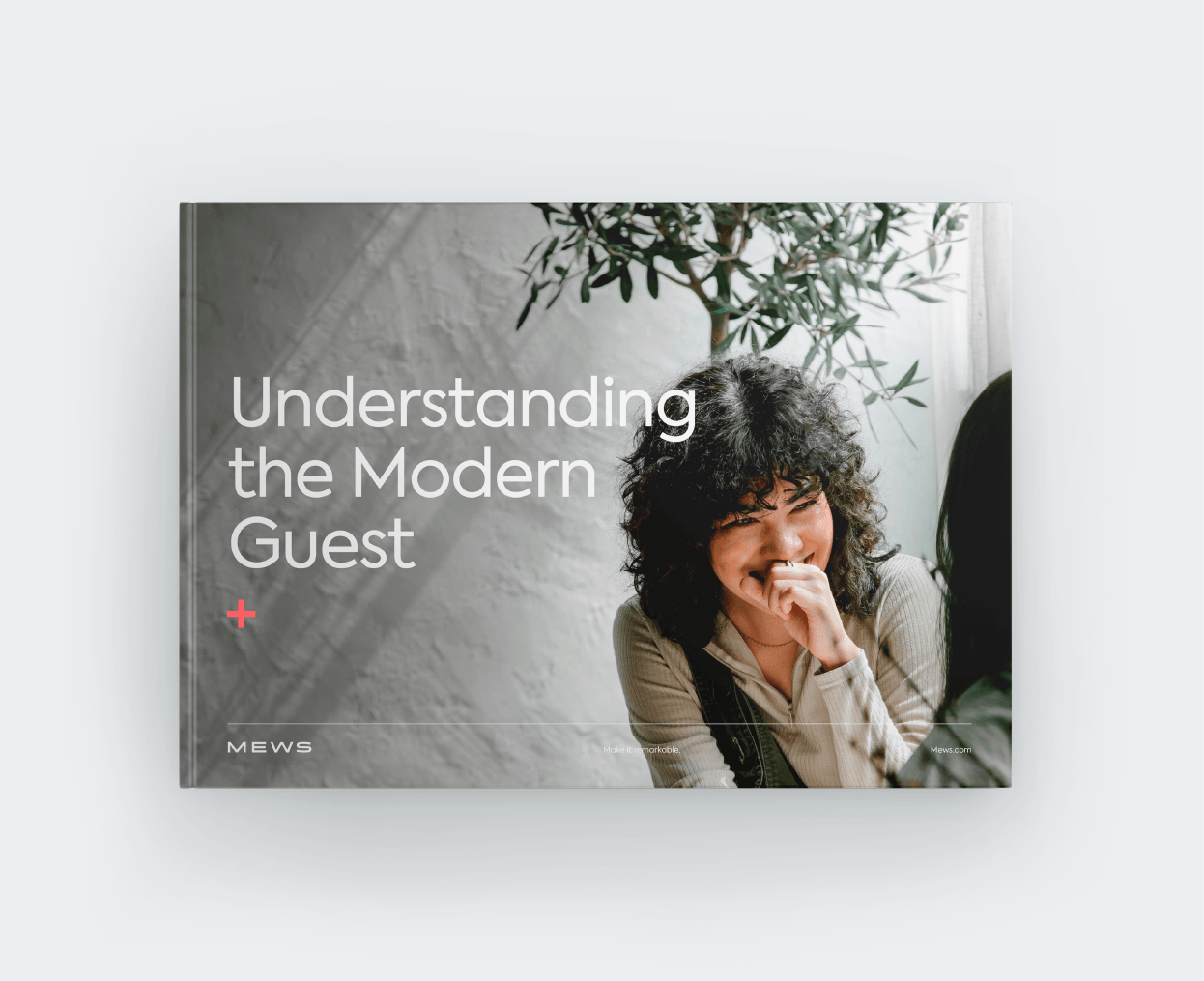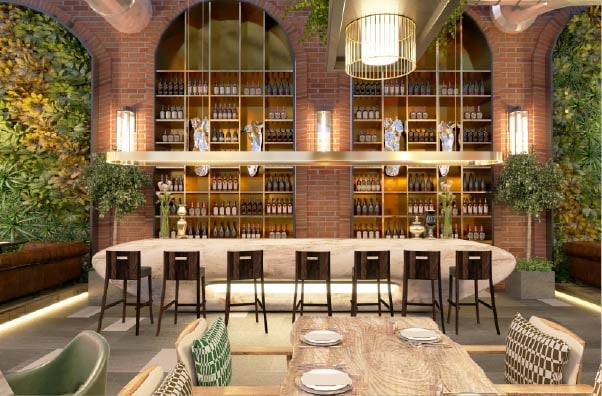There are many different classifications of hotels that can be put in place as a framework to better guide guests to understanding if the hotel is right for them based on their budget, what they are looking for, size and location. Classification also helps hotels design a better brand strategy because by defining your offer, you will better appeal to a certain target audience.
With this in mind, let's take a look at the different ways hotels are classified, including, but not limited to: target, size, star rating, and ownership, i.e. whether it’s a chain or independently owned hotel.
Table of contents
Classification of hotels by their type
While there are many ways to classify a hotel, let’s look at some of the most common categories.
Star rating
The star system is used as a general barometer for guests to better identify the level of service offered at the hotel. A five-star grand luxe establishment is usually considered luxury, providing top-notch restaurants with celebrity chefs and elaborate breakfast buffets. They usually cater to an upscale target audience who looks for extra services, such as valet and room service, as well as top-of-the-line amenities.
On the other hand, three-to-four-star hotels are more mid-range, appealing to a wide target audience, and with no service level guarantees. Service is usually standard, offering the minimum, but not going that extra mile of a five-star. One-to-two-star hotels are designed to meet guests’ most basic needs such as a clean, reasonable place to sleep, appealing to the most price-sensitive travelers.
Discover the five types of hotel guests and how to appeal to them.
Ownership
Ownership is another important way to classify hotels, because the services offered by an independent hotel are by no means comparable to those offered at a chain. A chain promises standardized services, appealing to those looking for a standard hotel, which will be mostly the same no matter where you go in the world, providing reliability, trust and inspiring loyalty.
An independently-owned hotel, on the contrary, seeks to offer a more personalized and friendly approach to service, going above and beyond to differentiate themselves from the competition thanks to their amenities and personalized approach to hospitality. Because they are usually one-of-a-kind facilities, this means they don't have to appease any larger corporate owners, and they can adapt their service to meet the demand and guest needs.
Size
While not always related, size can oftentimes be related to whether it is a chain or independent hotel, where the latter tends to be 100 rooms or fewer and the former, usually, will be more than 100 rooms and as many as 700-room-facilities. Size is an important distinguishing factor because a larger facility cannot compete with the quality of service of a small boutique hotel.
Target
When we talk about target, we refer to the classification of hotels based on the target audience the hotel is designed for. For example, it could be a resort, a boutique hotel, business hotel, apart-hotel, an eco-hotel, a conference hotel, an airport hotel and so many more. When determining your offer, you want to make sure it appeals to the target group you have in mind. A great way to do this is by defining your hotel's competitive set.
Boutique hotel
A boutique hotel is designed with a niche target group in mind that’s looking for personalized service, special amenities, and a one-of-a-kind offer that is not replicable elsewhere. That is to say, if they're in Tokyo they would want to find a Japanese robe in their room with geisha sandals, and if they're in Hawaii, they would want to find a lei in their room as a welcome gift. Personalization is the key to captivating and keeping this target group.
Resorts
Resort hotels tend to be large establishments where you don't have to leave the grounds to get what you want. You will usually find them on an island or in beautiful locations where other resorts are found, removed from the main town, or even isolated in the mountains. It could be a ski resort where you can take ski lessons from expert ski instructors, eat all your meals on site, and you might even find a small grocery store.
Some resorts have various restaurants and recreational facilities like golf, tennis, different swimming pools, a spa, nail salon, and more. The idea is to give the guest everything they want, so they don't have to leave, and they spend all their money within the resort. It's comparable to a static cruise ship.
You may also like:
- What is a SWOT analysis for a hotel?
- What is glamping and what are its differences to camping?
- What is the metaverse and how does it affect the hotel industry?
Apart-hotel
An apart-hotel is as it sounds: an apartment and hotel all in one. Often hotels will offer a few apartments within their facilities designed for longer-stay guests, meaning rooms are more spacious or there are even several bedrooms, and they feature a kitchen, laundry machine, and all the comforts of an apartment, with the service of a hotel.
Business and conference hotels
Business hotels and conference hotels are grouped together because they provide similar features. They are usually geared towards business travelers or event organizers who want to be located close to convention centers, downtown or the business area of metropolitan cities. Usually there is reliable Wi-Fi, meeting rooms, and larger event rooms.
Bed and breakfasts
Bed and breakfasts started out as small guest houses of maximum five or six rooms that offer a relaxed and personal experience with the owner actually living onsite. It usually includes a home-cooked breakfast and a very personable experience. The meaning of this classification has changed with the rise of Airbnb, and often this type of hotel will be easily interchangeable with the term Airbnb.
Airport hotels
Airport hotels are designed for guests or business travelers that want to be close to the airport because of an early take-off or a late arrival. They are also commonly booked by flight attendants and pilots who need a comfortable and convenient place to stay close to the airport. Usually one of the perks of these kinds of establishments is that they provide free pick-up and drop-off at the airport.
Conclusion
In this article we've looked at the various classification of hotels, which includes the target group the hotel is designed with in mind, the star-rating, who owns the hotel and its size. By understanding these classifications, it's easier to design your offer around the classification so that you are sure to attract the right target audience. In order to do so, you must have the guest journey in mind, carefully taking care of the details along every step of the way - something that's made easier with the help of hotel management software.
Want to get to know your guests better?
Download our guide "Understanding the Modern Guest"


2026 Hospitality Industry Outlook
Download now
Table of contents
Hospitality hot takes straight to your inbox



.webp)
